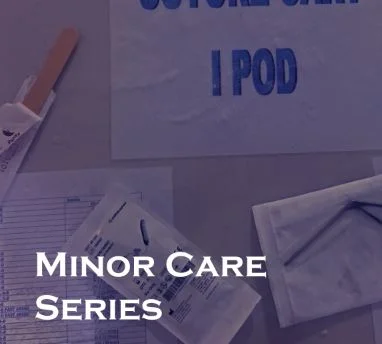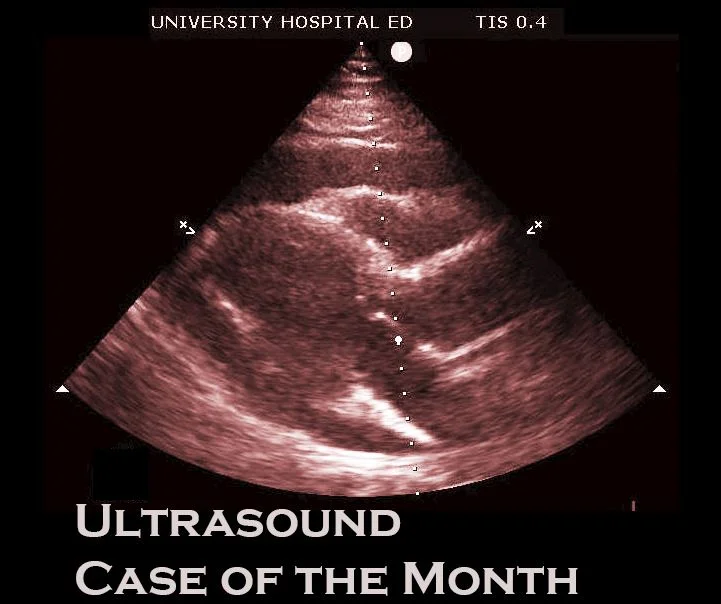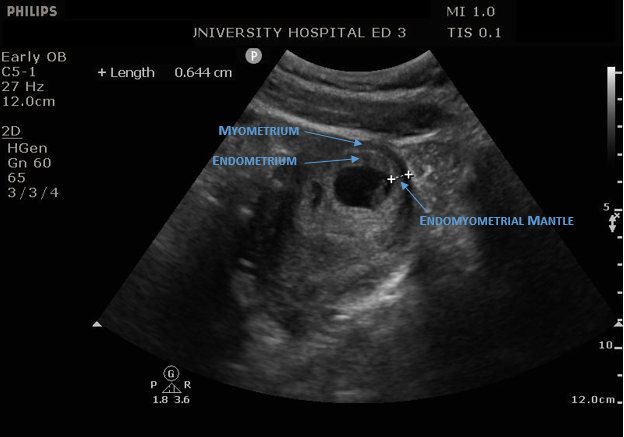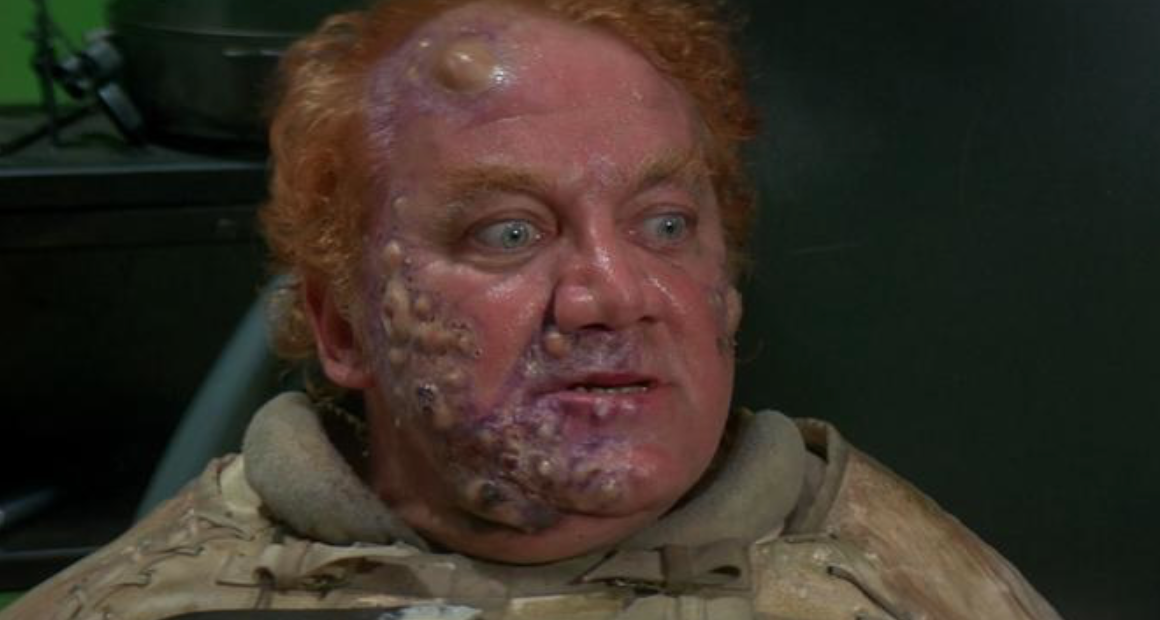Minor Care Series: Corneal Abrasions
/Minor Care series is back with more from the red eye! We've already covered conjunctivitis and scleritis, now for another high yield topic: Corneal Abrasions! Everyone seems to have their own way of treating these patients, but is it evidence based? Read on to find out what the literature says about this common complaint.
Read More















